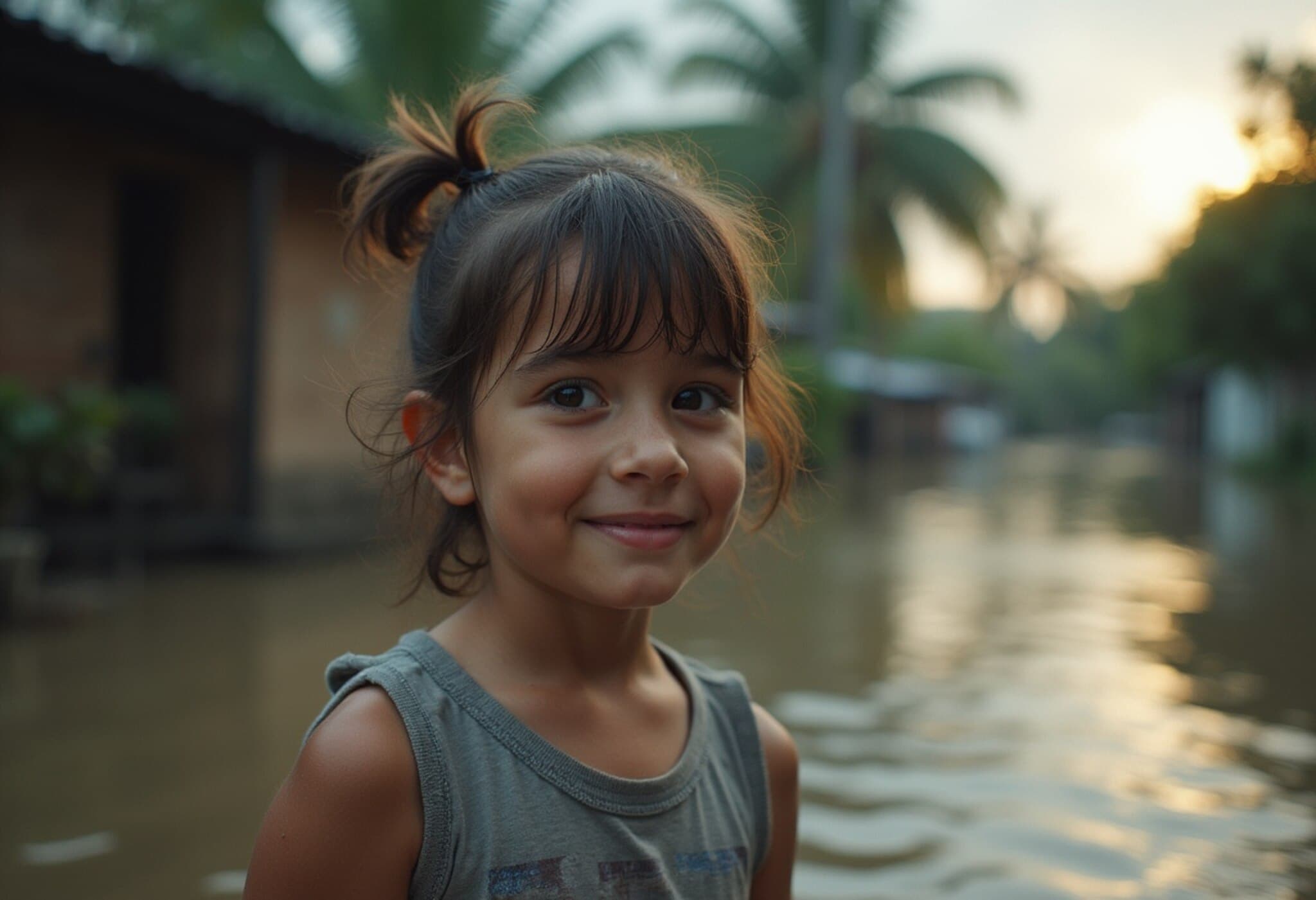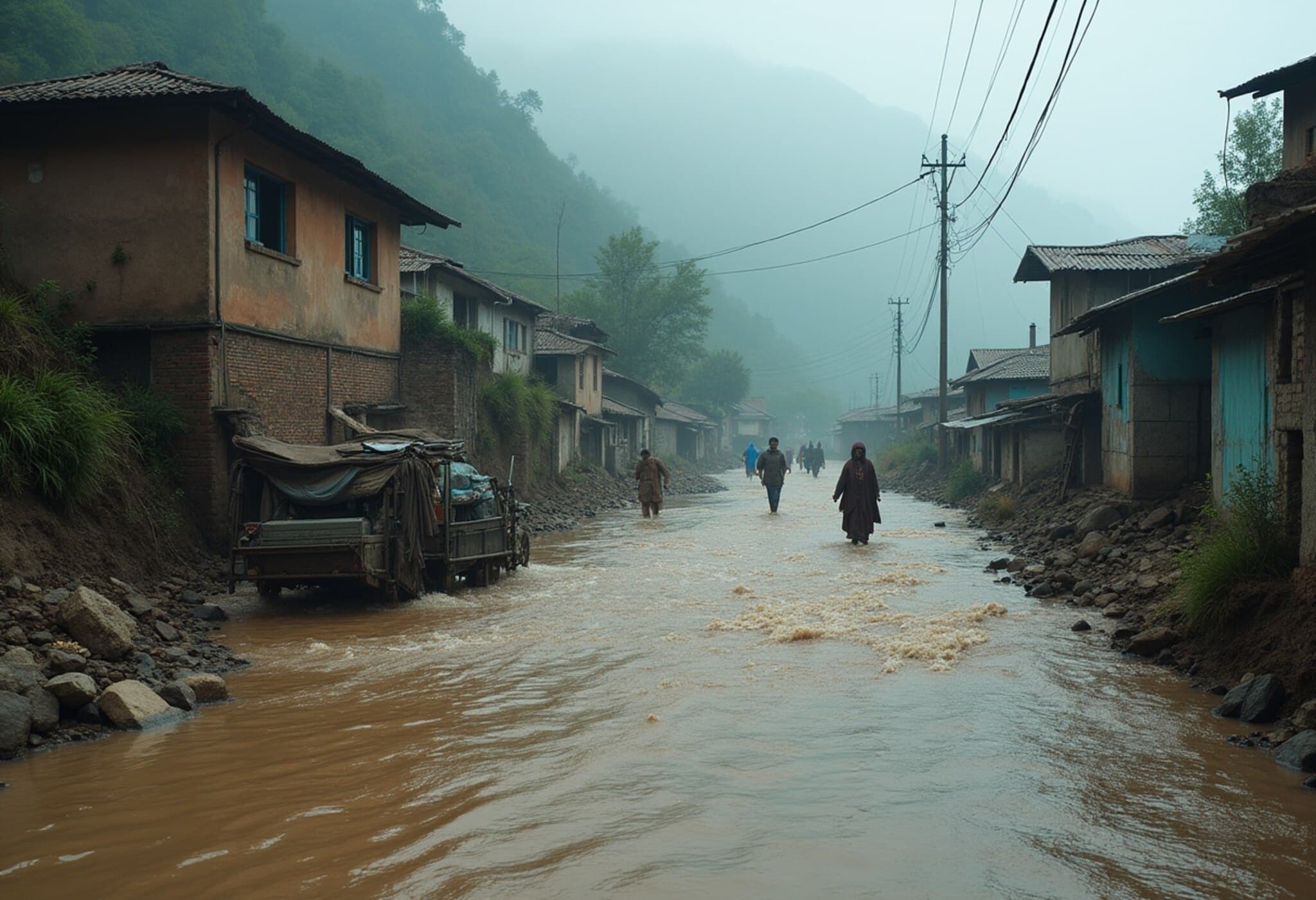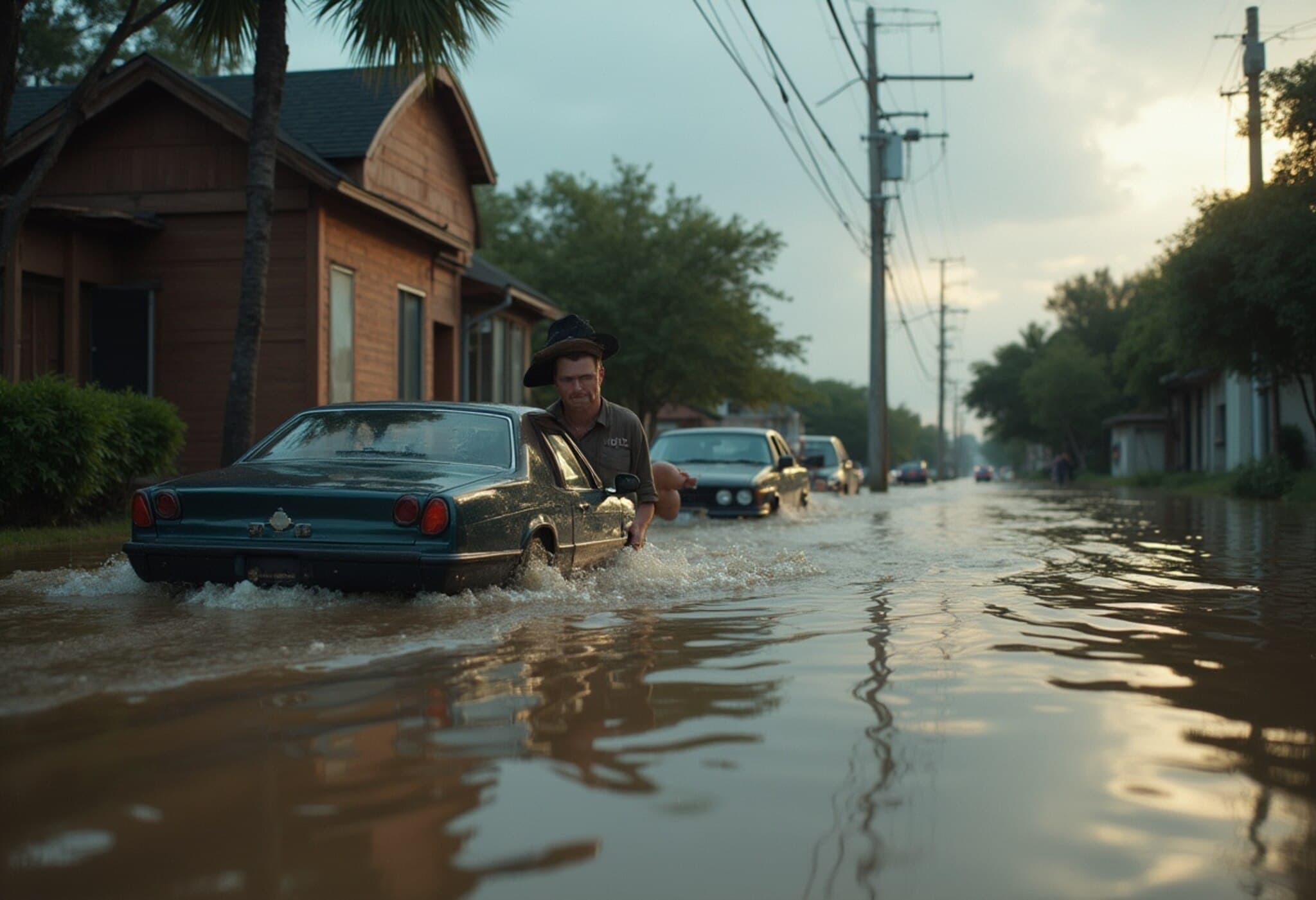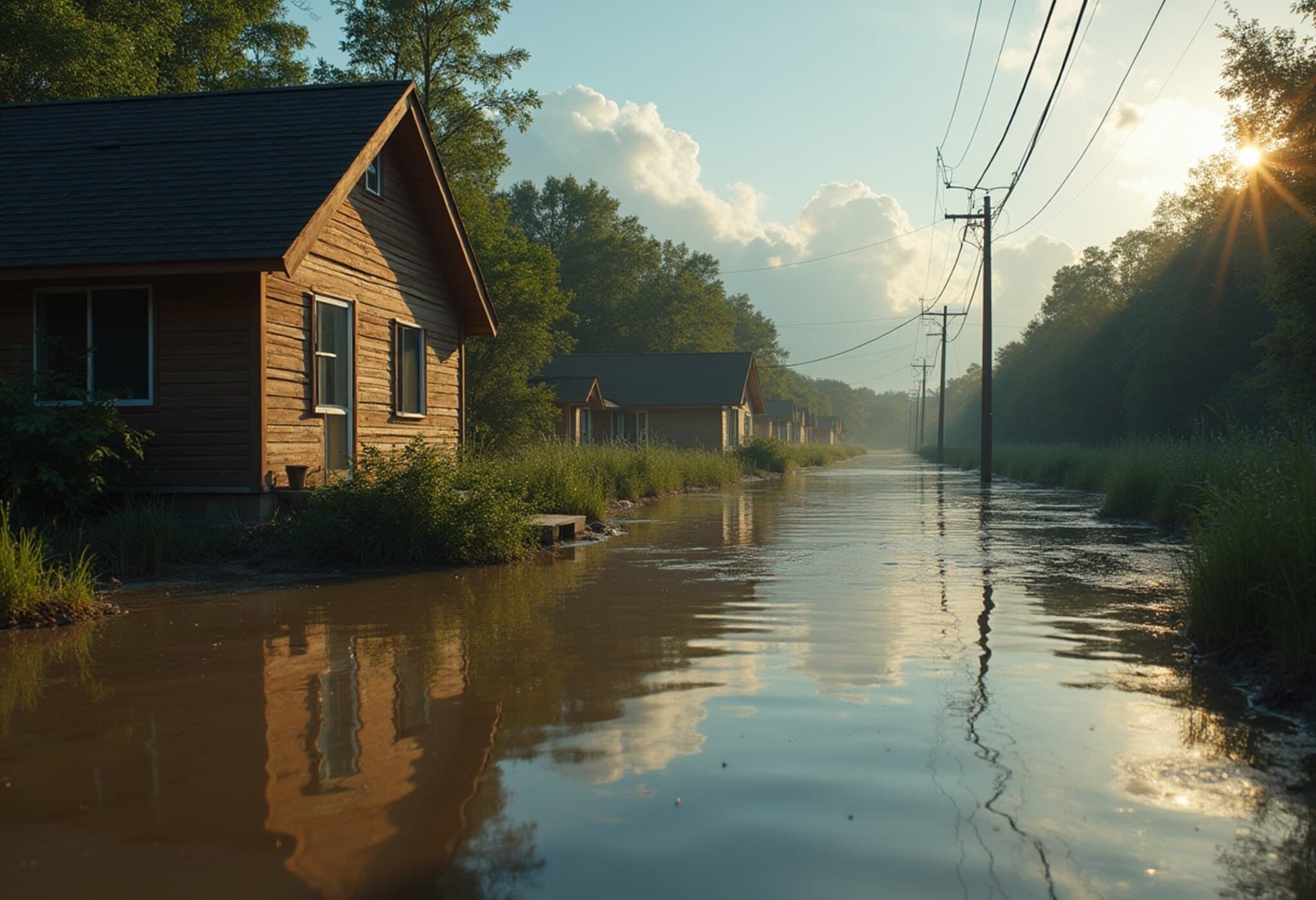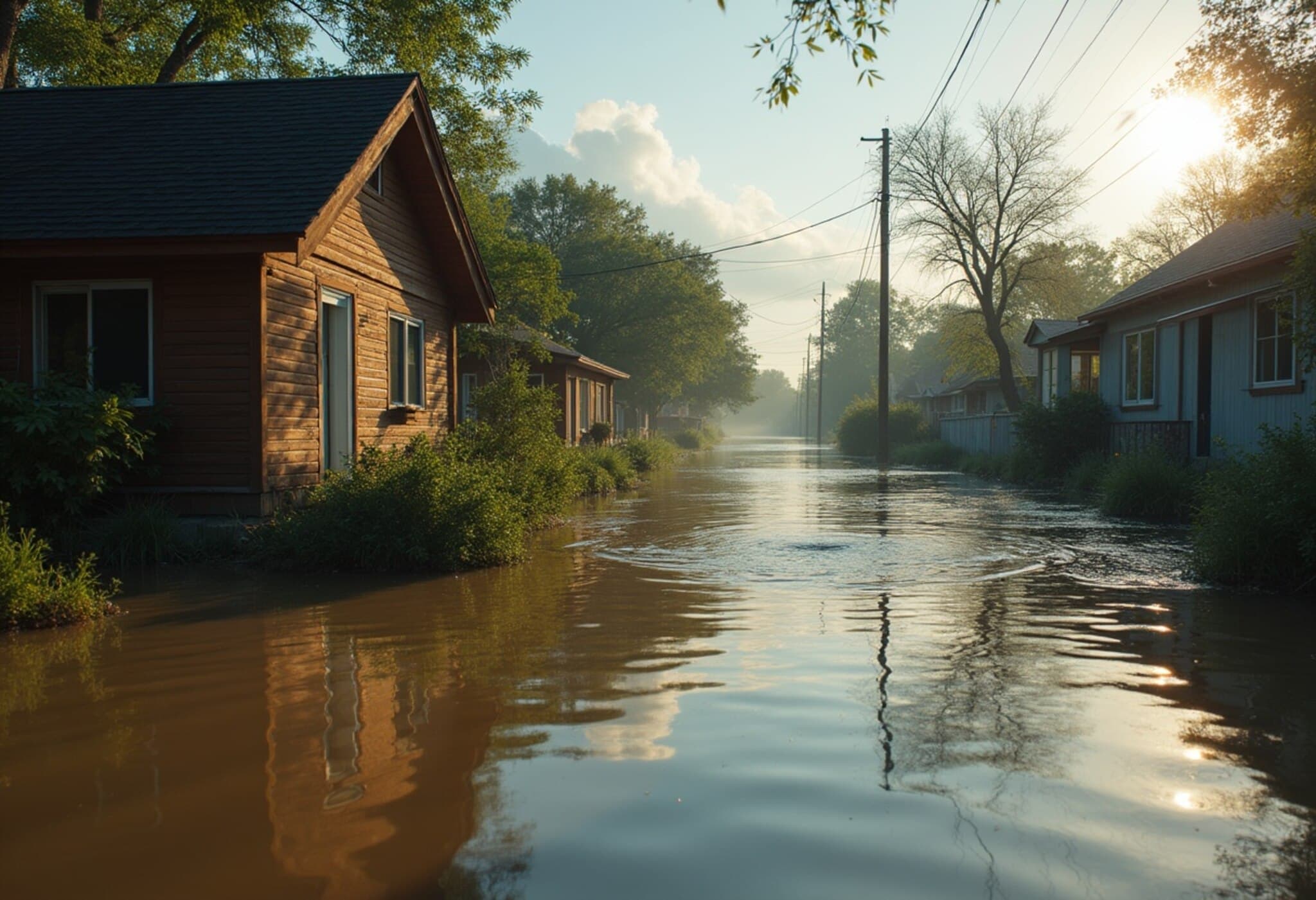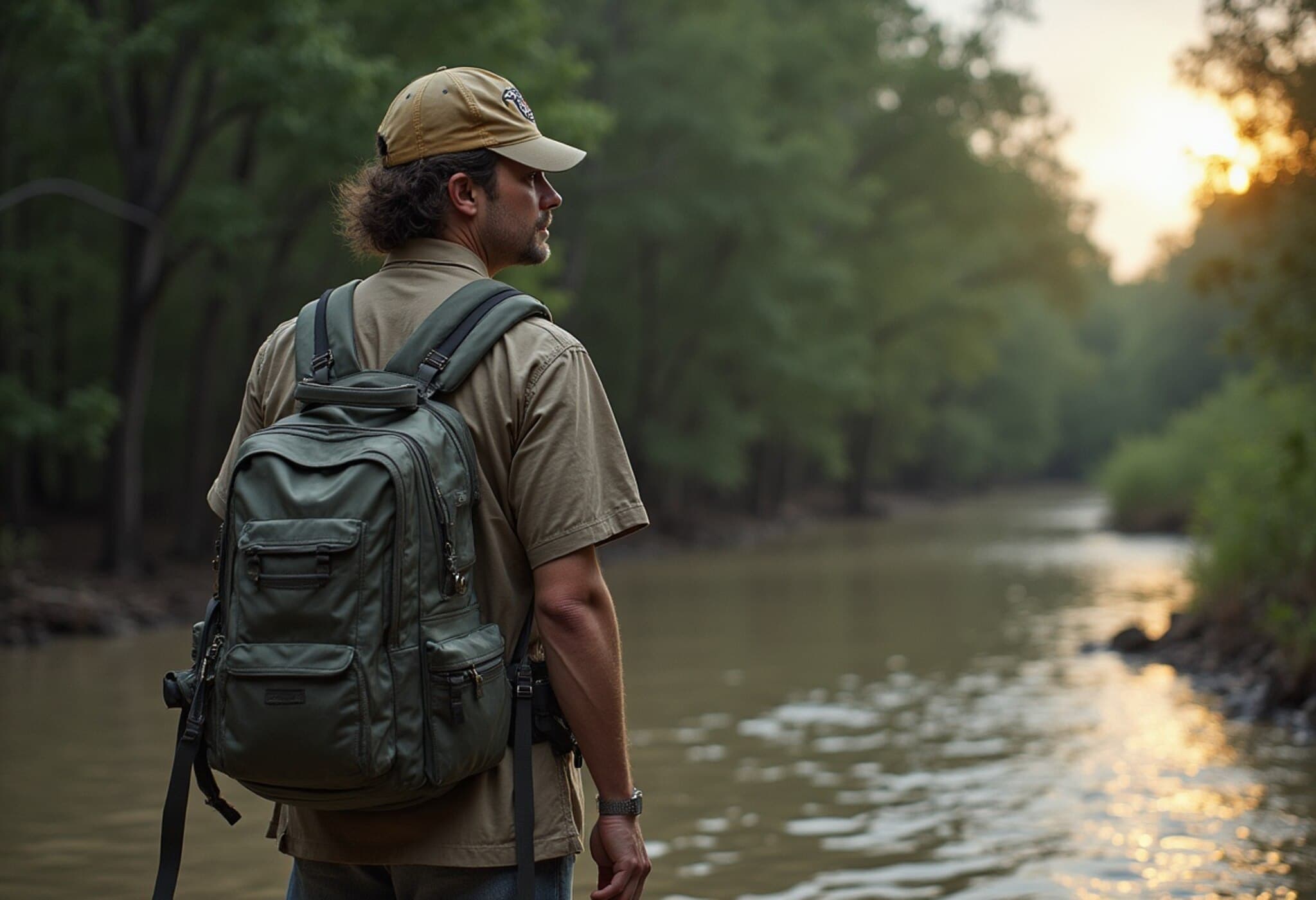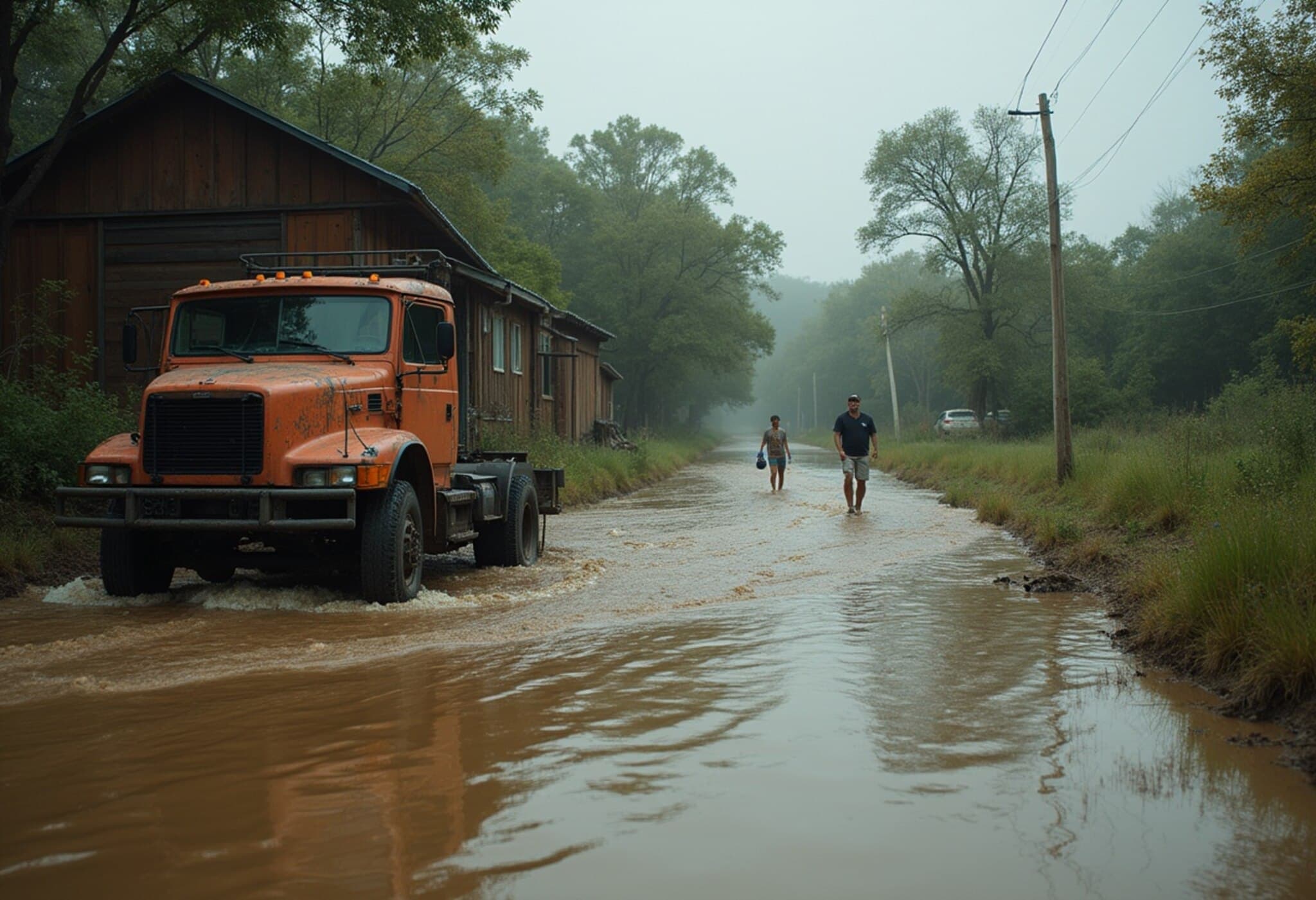Unprecedented Flooding in Texas Triggers Massive Search for Missing Children
As torrential rains continue to batter Texas, the state faces a heart-wrenching crisis: several children have been reported missing following widespread flash floods that have ravaged multiple counties.
Rising Death Toll Highlights Severity of the Disaster
The death toll from the recent floods has climbed steadily, underscoring the storm’s brutality and the urgent need for coordinated rescue efforts. Unrelenting flash flooding swept through communities in Texas over the past days, leaving homes submerged, infrastructure crippled, and countless families displaced.
Search and Rescue Operations in Full Force
Emergency responders from local, state, and federal agencies have mobilized en masse. Rescue teams are scouring affected neighborhoods, swamps, and waterways, using boats, drones, and helicopters to find missing children and reunite them with their families. Volunteers and community organizations are also playing a vital role, providing resources and emotional support to those impacted by the crisis.
Why Are Children Particularly Vulnerable in Flood Disasters?
- Lack of awareness and preparedness: Children may not fully understand the dangers posed by rapidly rising waters.
- Separation during evacuation: Chaotic evacuations can easily result in family members, especially children, getting separated.
- Physical vulnerability: Younger children may not have the strength or mobility to escape dangerous situations quickly.
Expert Insight: The Importance of Child-Centric Disaster Preparedness
Experts emphasize the necessity of implementing child-focused strategies both at home and in schools. Dr. Emily Rodriguez, a disaster response specialist, points out, "Disaster preparedness plans often overlook children’s unique needs. Establishing clear communication protocols, designated safe spaces for kids, and training caregivers can dramatically reduce risks during emergencies." In the wake of Texas’s floods, these lessons take on new urgency.
Underreported Stories: The Mental Toll on Children and Families
Beyond the immediate physical danger, families face the emotional trauma of uncertainty and loss. Mental health professionals warn that anxiety, grief, and post-traumatic stress disorder (PTSD) are common among children who endure such disasters. Community leaders and policymakers must prioritize mental health services as part of the recovery process.
Looking Ahead: Strengthening Community Resilience
Texas’s flooding exposes critical vulnerabilities—from aging infrastructure to climate-change-driven weather extremes. Building resilience requires investment in flood defenses, early warning systems, and inclusive disaster response plans that address the needs of all community members, especially the youngest and most vulnerable.
How You Can Help
- Support local relief organizations aiding families affected by the floods.
- Donate to specialized funds dedicated to child welfare and emergency assistance.
- Stay informed and share verified information to combat misinformation during crises.
Editor’s Note
The ongoing search for missing children in the Texas floods is a stark reminder of how natural disasters disproportionately affect the most vulnerable among us. As communities mobilize to save lives and rebuild, it is critical to reflect on the systemic challenges exposed by this catastrophe—climate risks, emergency preparedness gaps, and the psychosocial effects on families. This tragedy calls for a renewed commitment to resilient infrastructure and compassionate, inclusive disaster strategies nationwide.

